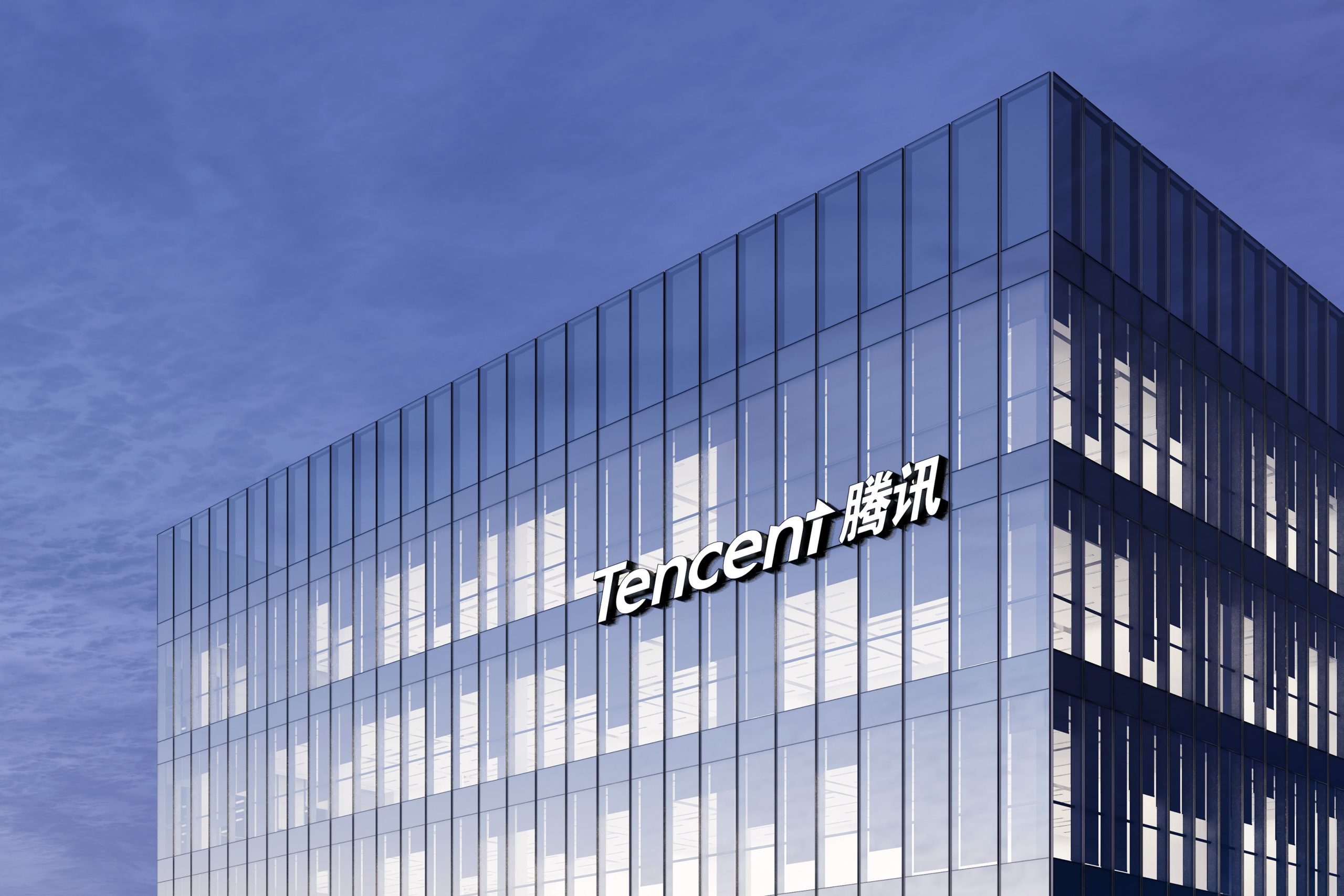Tesla may have the most reliable and largest EV charging network, but is it the best technology available? The network has been steadily updated since its inception in the early 2010s. It now features “V3” chargers, and the company says V4 chargers are on the way, but in the meantime the reputation of the current Supercharger network may outperform its actual technical capabilities.
As Lucid CEO Peter Rawlinson told us in a recent interview, Superchargers are “old-fashioned,” with a lower voltage than the current industry standard. Rawlinson is a former Tesla engineer who worked directly with Elon Musk to launch the Tesla Model S in 2012.
Tesla also seems a bit shaky on its own performance. This week, its PR team shared a social media post that showed a dramatic drop in charge times since 2017, but then revised the tweet to show a less significant decline.
The first graph, posted late on Feb. 20, shows a trend line that starts above 40 minutes and ends above 30 minutes. Those 10 minutes of time saved would be much appreciated by drivers.
The first graph posted by Tesla (Credit: Tesla)
But then, a few hours later, it published a new version the post with a less impressive trend line. It starts around 35 minutes and ends around 30 minutes. That would mean just five minutes of improvement, or half of what it originally reported. Which one is it?

The revised graph posted by Tesla (Credit: Tesla)
The comments are full of unimpressed EV drivers and enthusiasts.
“When can we get the next big leap in Tesla [Supercharger] performance? It’s time!!” EV influencer Kyle Conner commented. “A 20% drop in 7 years is bad,” adds another commenter.
“Tesla vehicle charging is falling behind the competition in terms of speed and curve in a meaningful way,” says another. “And outside North America in Europe and Asia waaaay behind. Tesla is obviously more reliable and prolific, but let’s get some real innovation around charging speed please.”
One notes that Tesla shared a similar graph with even better numbers in 2023 at its annual Investor Day, shown below. Here, the charge times show a big improvement with an even lower final number. The line drops 10 minutes, from 37.5 minutes in 2018 to 27.5 in 2023. Does this mean Tesla is backsliding over time?
Recommended by Our Editors
In her presentation of this 2023 graph, Supercharging lead Rebecca Tinucci attributes the improvement to Tesla’s Trip Planner, a routing technology that points drivers to stations with less congestion so they have lower wait times. The wait times may be increasing since drivers from other brands started gaining access to the Supercharger network in 2024, though Tesla’s Supercharger footprint grew by 17% in 2024.

Driver time at Superchargers from 2023 (Credit: Tesla)
Musk laid off Tinucci and her team of 500 when he axed the entire Supercharger team in May 2024. Though Tesla hired some folks back, it’s unclear if the pared-down team has had the capacity to innovate since then.
The biggest Supercharger site ever opens in California this year, with 168 stalls. Tesla also plans to install its first high-voltage, V4 Superchargers in 2025. Giving drivers more stalls, with higher voltage, should help wait times and actual charge times. But since Tesla is unlikely to uninstall legacy chargers, the experience across chargers may vary.
Get Our Best Stories!
This newsletter may contain advertising, deals, or affiliate links.
By clicking the button, you confirm you are 16+ and agree to our
Terms of Use and
Privacy Policy.
You may unsubscribe from the newsletters at any time.

About Emily Forlini
Senior Reporter






.jpg)





